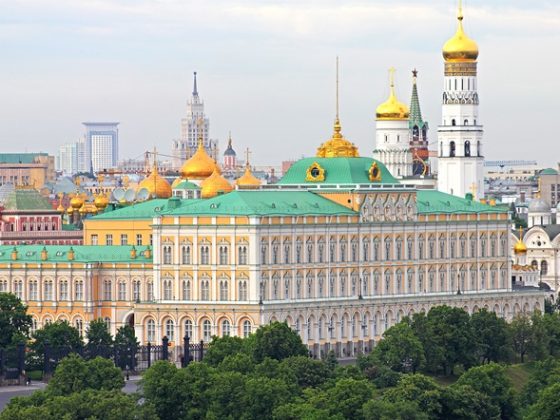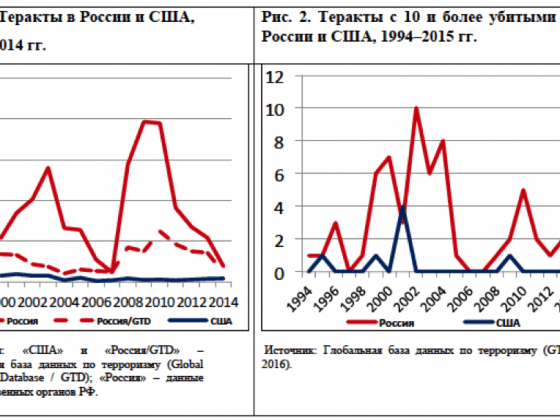(FIIA) (Co-author: R. Nizhnikau) On February 15, 2016, the EU decided not to prolong the sanctions it had imposed five years earlier on the regime of Alexander Lukashenko in response to brutal repressions against the Belarusian political opposition. The sanctions were lifted as a reward granted to Minsk in return for the release of remaining political prisoners, for the less oppressive presidential campaign of 2015 and– perhaps above all – for Belarus’s refusal to fully support Russia in the conflict over Ukraine. At the same time, the decision was driven by hopes and expectations that the normalization of relations between Europe and Belarus would stimulate the latter to start domestic liberalization and economic reforms.
The timing was also quite suitable for Brussels to test its revised “customer-friendly” European Neighbourhood Policy, with less emphasis on values and more atten- tion paid to raising partner countries’ resilience. In turn, Minsk was willing to explore new funding opportuni- ties and to diminish its excessive dependence on Moscow.
Today, a year later, it is apparent that the results of the EU-Belarusian rapprochement have been quite modest. In practice they are most visible, besides minor EU project funding, in the sphere of migration. The EU and Belarus have signed the so-called Mobility Partnership and have generally advanced in the negotiations on visa facilitation and readmission. Furthermore, from January 2017 EU citizens, as well as nationals from a total of 80 countries, can visit Belarus for five days visa-free. […]
Read More © The Finnish Institute of International Affairs (FIIA)











